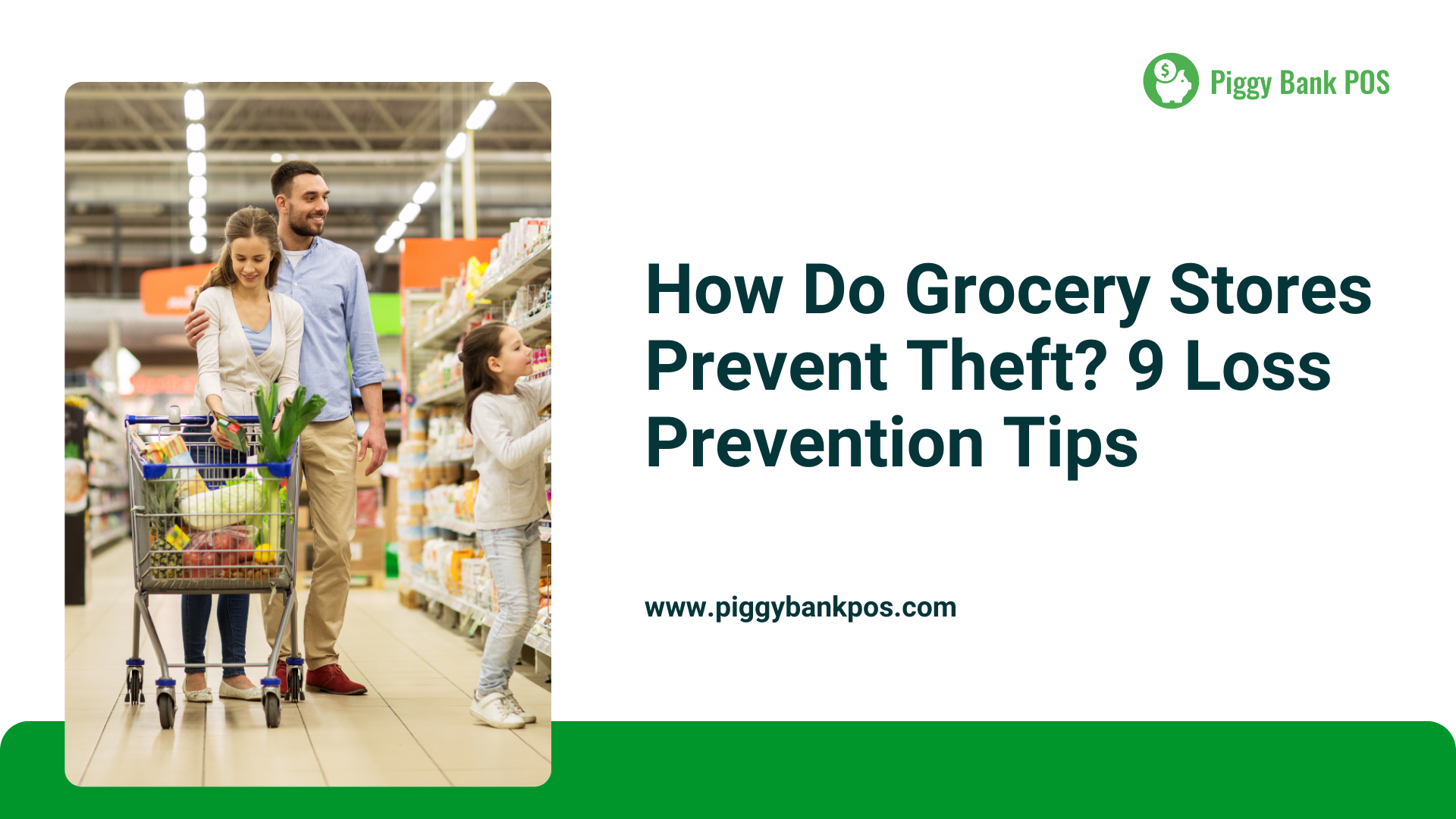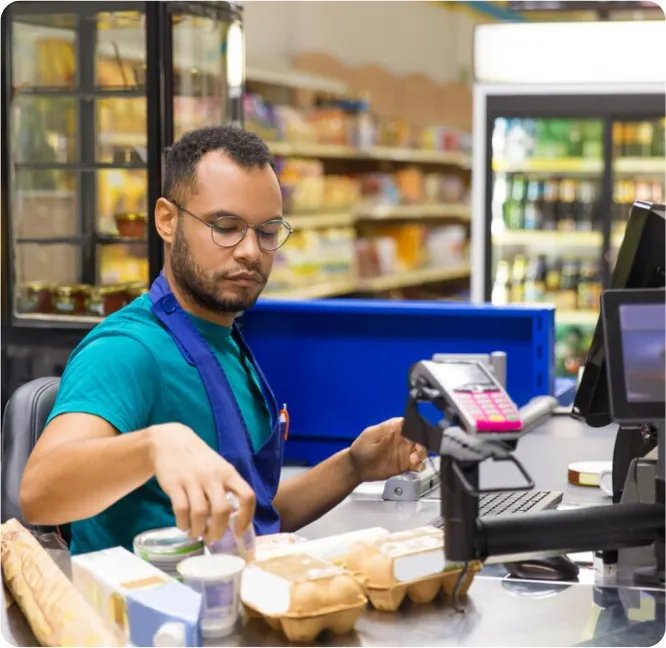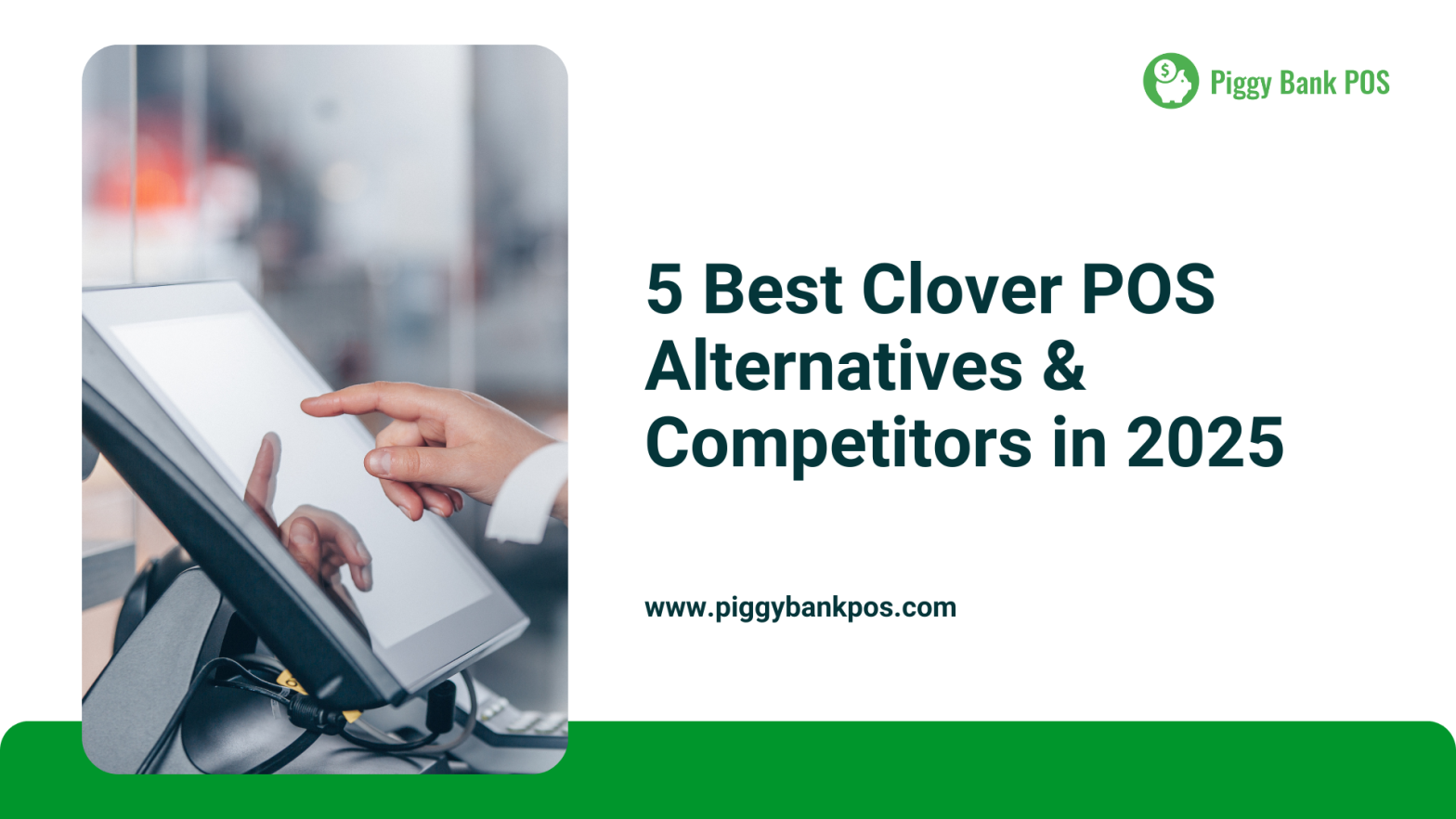Grocery stores face significant challenges with theft, from shoplifting to employee fraud. These losses, known as shrinkage, can heavily impact profit margins. To combat this, grocery store owners and managers must adopt effective loss prevention strategies. In this article, we’ll explore 9 proven tips grocery stores use to prevent theft and safeguard their bottom line.
1. Install Surveillance Cameras
High-quality surveillance cameras are one of the most effective deterrents against theft. Position cameras at key areas like entrances, exits, cash registers, and high-theft zones (such as alcohol or electronics sections).
Tip: Use modern cameras with features like motion detection and remote access to monitor activities in real time.
2. Use Anti-Theft Technology
Advanced anti-theft tools, such as electronic article surveillance (EAS) systems, can help prevent shoplifting. These systems use tags attached to products, which trigger alarms if someone tries to leave the store without paying.
Bonus: Pair this with RFID technology to track inventory and reduce shrinkage.
3. Train Employees to Recognize Suspicious Behavior
Proper employee training is critical. Staff should be taught how to identify and handle potential shoplifting situations, such as:
- Customers lingering in one area for too long.
- Oversized bags or bulky clothing being used to conceal items.
Pro Tip: Employees should approach suspicious individuals with friendly customer service to make their presence known without being confrontational.
4. Monitor High-Theft Areas Closely
Products like alcohol, razor blades, baby formula, and expensive cuts of meat are frequent theft targets. Place these items in highly visible areas or behind locked displays to make theft more difficult.
Example: Many stores keep high-value items near the cash register or under camera surveillance.
5. Optimize Store Layout
The physical layout of a grocery store plays a significant role in preventing theft.
- Avoid creating blind spots by using mirrors or strategic shelving.
- Place checkout counters near the exits to reduce the chances of unpaid items leaving the store.
- Create narrow aisles to make it harder for shoplifters to conceal items unnoticed.
6. Implement a Strong Return Policy
Fraudulent returns are a common source of theft. Combat this by establishing a clear and strict return policy, such as:
- Requiring receipts for all returns.
- Setting time limits for returns.
- Offering store credit instead of cash refunds.
Bonus: Use a POS system to track return activity and flag suspicious patterns.
7. Use Plainclothes Security or Loss Prevention Officers
Visible security personnel can deter theft, but plainclothes loss prevention officers can catch thieves in the act without drawing attention.
Pro Tip: Loss prevention officers should focus on observing behavior rather than profiling customers based on appearance.
8. Leverage Technology at the Checkout
Modern POS systems can help reduce theft during the checkout process. Features like weight-based verification (used in self-checkout lanes) can ensure customers aren’t scanning lower-priced items as substitutes for expensive ones.
Example: Many grocery stores use software that flags discrepancies in pricing or quantity at the self-checkout.
9. Foster a Positive Work Culture
Employee theft is another major issue for grocery stores. Build trust and accountability among staff by:
- Offering competitive wages and benefits.
- Rotating tasks regularly to reduce opportunities for theft.
- Using systems to track cash handling and sales discrepancies.
Pro Tip: Reward employees for reporting theft or suspicious activity.
Why Loss Prevention Matters
Preventing theft doesn’t just protect profits—it also ensures fair pricing for customers and a safer environment for employees. Implementing these strategies can dramatically reduce losses and create a more secure shopping experience.
Final Thoughts
Grocery stores that invest in loss prevention tools, staff training, and smart technology are better equipped to minimize theft and protect their bottom line. By using these 9 tips, you can build a proactive approach to security that ensures long-term success.
For more business tips and tools, visit www.piggybankpos.com to discover how we can help you manage operations, track inventory, and reduce shrinkage effectively!



